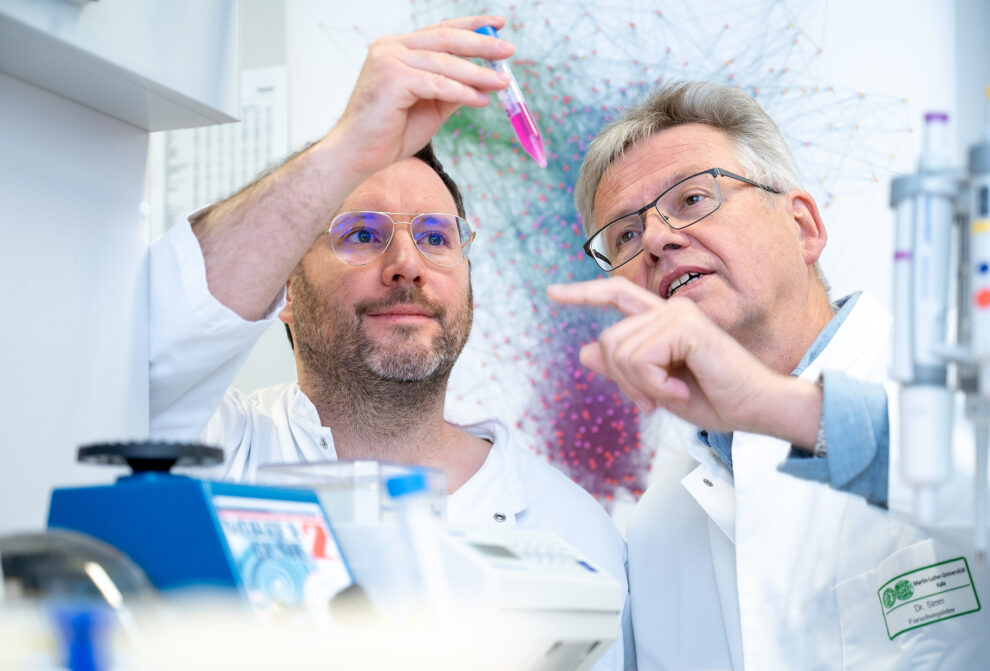
Genes for the Adjustment of the “Internal Clock” are Closely Linked to the Aging Process

Age determines the genes that regulate our internal body clock. Intrigued by this biological function, the University Medical Center Halle published a study on the circadian rhythm linked to our aging process in the journalAging Cell. The analysis examined mice’s gene activity of different ages using artificial intelligence. This research could result in novel therapeutic concepts to counteract the aging process.
The way you age is influenced by your environment, lifestyle, and inherited genes, along with how those genes work. Genes and their products control all the processes in the body by producing specific proteins. This starts with translating and amplifying genetic information before functional proteins can be formed. By studying changes in the levels of these gene products, you can gain insights into internal bodily changes.
“Especially in aging research, where countless cellular processes are involved, the analysis of gene product quantities can help to uncover decisive factors of aging and associated disease processes,” explains Prof. Dr. Andreas Simm, head of the Research Training Group 2155 at the University Medical Center Halle. In a recent study, his research team explored previously unknown or underestimated biological processes that contribute to aging.
Exceptionally large database evaluated with artificial intelligence
Similar studies often focus only on male mice and compare junior mice with senior ones to observe significant differences in gene regulation. “These differences may not always have to do with the progressive aging process, as growth processes in the early stages of life and disease processes such as inflammation at late stages are relatively independent of the actual mechanisms of aging. The sex or breeding line of the animals would also have to distort the results of the investigation,” illustrates the first author of the study, Dr. Patrick Winterhalter.
To ensure their findings were as reliable and universally accepted as possible, the research team studied gene activity in both male and female mice at five stages across their entire lifespan. In addition, they analyzed seven different organs from two breeding lines. “The extraordinary number of biological replicas in our study enabled an enormous depth of data with the aim of detecting even elusive changes,” they noted. Overall, the research group used artificial intelligence to evaluate almost 12,000 gene products and formed a network of more than 600 genes whose activity changed depending on age.
New node of aging in the genetic network discovered
A notable finding was the significant change in gene products regulating the day-night rhythm (circadian rhythm) with age. These genes normally synchronize cell functions with daily activities like eating and sleeping, ensuring tissues and organs work efficiently. “We were able to show that the connection between the circadian rhythm and aging is much more pronounced than previously thought. Because it’s a feedback mechanism that adjusts daily, it may be possible to act on this level of the aging process – perhaps through simple things like everyday routines and regular, higher-quality sleep,” the researchers demystified.
Findings from related research emphasize the circadian rhythm’s role in memory and metabolism. For instance, a study titled “Circadian Clock Gene Helps Mice Form Memories Better During the Day,” demonstrates that memory formation in mice peaks during the day. Additionally, “Metabolism in the Brain Fluctuates with the Circadian Rhythm” research links these daily cycles to energy use in the brain.
The gene products related to the circadian rhythm formed the central node, connecting various age-related changes, including those in the immune system, the extracellular matrix (like collagen), or energy metabolism. Genes that also belong to the central node regulate the balance and quality control of the protein balance, the so-called protein homeostasis.
“When protein homeostasis goes off the rails, it is considered one of the most important cellular hallmarks of aging. We were able to show for the first time that the genes responsible for this are extremely closely linked to those of the circadian rhythm and that gene products of both processes form a common center in the network of aging. This connection seems to be of a fundamental nature and could serve as a biological marker for the aging process,” Winterhalter summarizes. “If we learn to restore the day-night rhythm in old age, that would be a promising therapeutic approach to increase health and possibly also lifespan,” he added.
An innovative breakthrough in aging research
By uncovering a central genetic network, this groundbreaking study reveals the intricate relationship between the circadian rhythm and the aging process. The benefits highlighted assist in:
- Deeper understanding of biological markers of aging
- Identifying a central genetic network that helps pinpoint critical aging factors
- Highlighting significant genetic changes using artificial intelligence
- Enhancing lifestyle maintenance and improvement
These findings not only enrich our understanding of aging mechanisms but also open promising avenues for therapeutic possibilities. Restoring and maintaining the circadian rhythm can improve health, delay age-related complications, and invariably extend the human lifespan.
Original Publication
Winterhalter PR, Georgevici AI, Gharpure NJ, Szabó G, Simm A.
Journal: Aging Cell (Wiley Online Library)
Article Title: The circadian rhythm: A key variable in aging?
Article Publication Date: 30-Jul-2024
DOI: 10.1111/acel.14268.
Media Contact
Jonas Machner
+49-0345-557-1345
University Medical Center Halle














